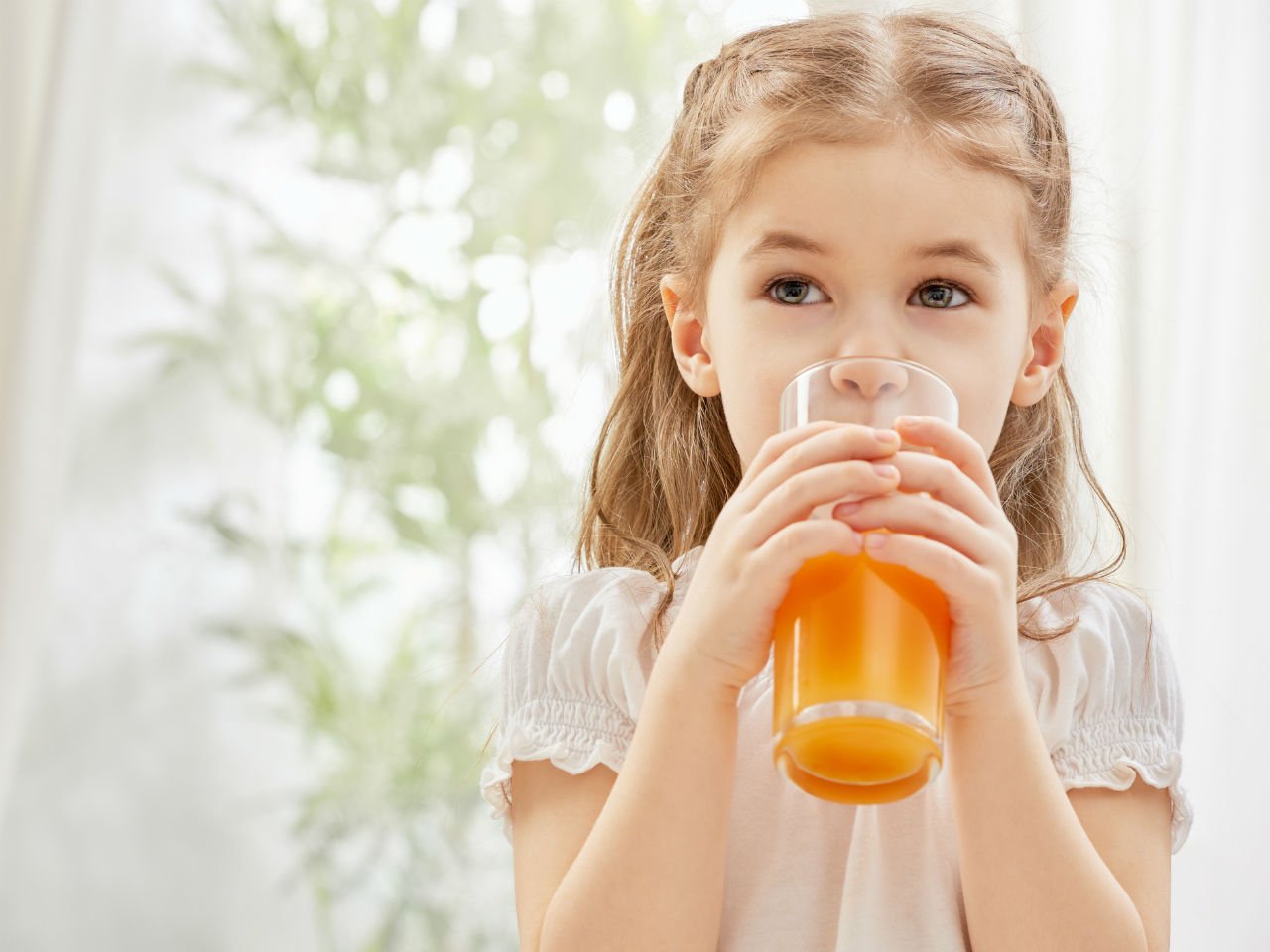Inside BENEO’s new pulse plant: pioneering sustainable protein from faba beans
To further reduce exposure to toxic elements in foods
The US Food and Drug Administration (FDA) has issued draft action levels for lead in single-strength (ready to drink) apple juice and other single-strength juices and juice blends.
This action is intended to reduce the potential for negative health effects from dietary exposure to lead, and supports the agency’s Closer to Zero action plan that sets forth the FDA’s science-based approach to reducing exposure to toxic elements in foods.
The draft guidance outlines action levels, which are recommended limits of lead in juice that can be achieved by industry and progressively lowered as appropriate.
In particular, Action Levels for Lead in Juice: Draft Guidance for Industry, provides draft action levels of 10 parts per billion (ppb) for lead in single-strength apple juice and of 20 ppb for lead in all other single-strength juice types, including juice blends that contain apple juice.
The FDA estimates that establishing a 10 ppb action level could result in as much as a 46% reduction in exposure to lead from apple juice in children. For all other fruit and vegetable juices, establishment of an action level of 20 ppb is estimated to result in a reduction of 19% in exposure to lead from all other juices in children. The FDA issued a lower draft action level for apple juice because it is the most commonly consumed juice that young children drink.
The FDA is accepting comments on the draft guidance. A manufacturer may choose to implement the recommendations in a draft guidance before the guidance becomes final. The FDA will work with manufacturers of these products to encourage the adoption of best practices to lower levels of lead in juice.

